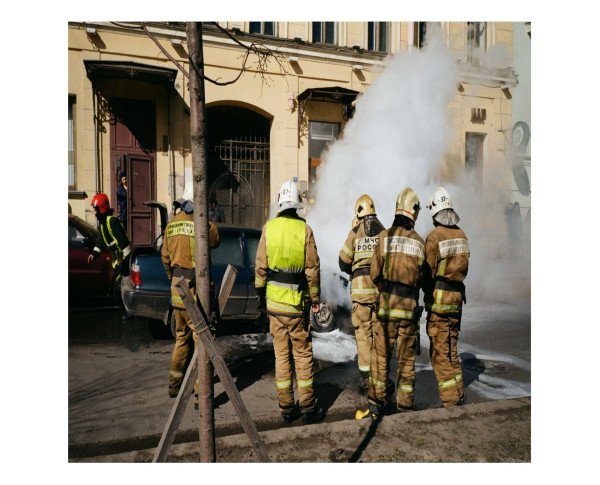Best Emergency Response Team Training - The SafeTalk Academy
From natural disasters to industrial accidents, having a well-trained emergency response team can make all the difference in the outcome of a crisis. In this blog, we will explore the best practices and training programs available for emergency response teams to ensure they are prepared to handle any situation effectively and efficiently. Best Emergency Response Team Training plays a crucial role in ensuring the safety and security of individuals in a variety of scenarios. Whether you are part of a corporate emergency response team or a volunteer in your community, this information will be invaluable in enhancing your skills and readiness for any emergency.
Overview of Emergency Response Teams: Roles and Responsibilities
Emergency response teams are composed of individuals with specialized skills and training to effectively respond to various emergencies. Roles within these teams may include first aid responders, search and rescue personnel, hazardous material handlers, and incident commanders. Each member plays a critical role in ensuring a coordinated and efficient response. Responsibilities of these teams may range from providing immediate medical assistance to controlling the scene and managing resources. Understanding the distinct roles and responsibilities within an emergency response team is vital for effective collaboration and successful crisis management. In the following sections, we will delve deeper into the specific roles and responsibilities of key members within an emergency response team. Stay tuned to learn more about how these roles work together seamlessly to mitigate emergencies.
Key Advantages of Comprehensive Emergency Response Team Training
Comprehensive emergency response team training offers a range of benefits that are crucial for handling diverse emergency scenarios efficiently. Through specialized training, team members can enhance their skills, improve response times, and effectively coordinate action plans. Training also fosters strong communication and teamwork, vital for seamless collaboration during high-pressure situations. Moreover, regular drills and simulations help in honing decision-making abilities and ensuring quick and effective responses. In the next section, we will explore in detail the advantages of investing in comprehensive training for emergency response teams. Stay tuned to discover how training plays a pivotal role in preparing teams for real-life emergencies.
Essential Components of Effective Emergency Response Training Programs
To ensure emergency response teams are well-prepared to handle any situation, training programs should include key components such as scenario-based exercises, hands-on simulations, and expert-led workshops. These elements help teams develop practical skills, enhance situational awareness, and build confidence in their ability to respond effectively. Additionally, incorporating regular debriefings and performance evaluations can identify areas for improvement and facilitate continuous learning and growth. Stay tuned as we delve into the essential components that make up a successful emergency response training program, equipping teams with the necessary tools to navigate emergencies with precision and efficiency.
Common Challenges Faced by Emergency Response Teams and Solutions
Emergency response teams often encounter various challenges in their line of work, including high-stress environments, time constraints, and communication barriers. To overcome these obstacles, teams can benefit from implementing strategies such as regular team drills to increase efficiency, utilizing clear communication protocols to enhance coordination, and implementing stress management techniques to maintain focus under pressure. By addressing these common challenges proactively, emergency response teams can ensure they are better equipped to handle emergencies with composure and effectiveness. Stay tuned for practical tips on overcoming these challenges and optimizing the performance of your emergency response team.
Case Studies: Successful Implementation of Emergency Response Training
In this section, we will delve into real-life examples of organizations that have successfully implemented emergency response team training. These case studies will provide valuable insights into the strategies and practices that have proven effective in enhancing response team readiness and effectiveness during emergencies. By examining these success stories, you can gain inspiration and ideas for improving your own team's training program. Stay tuned as we explore these case studies and extract key takeaways that you can apply to elevate the performance of your emergency response team.
Conclusion: Strengthening Preparedness Through Ongoing Emergency Response Training
Continuing education is an essential component of maintaining a high-performing emergency response team training. The case studies we have reviewed demonstrate the importance of regularly updating and practicing response protocols to ensure readiness in the face of unforeseen circumstances. By investing in ongoing training and learning from successful organizations, you can equip your team with the skills and knowledge needed to effectively respond to emergencies. Remember, preparedness is key to mitigating risks and protecting lives. Stay committed to enhancing your team's capabilities through continuous training and improvement efforts. Let's strive for excellence in emergency response together.



